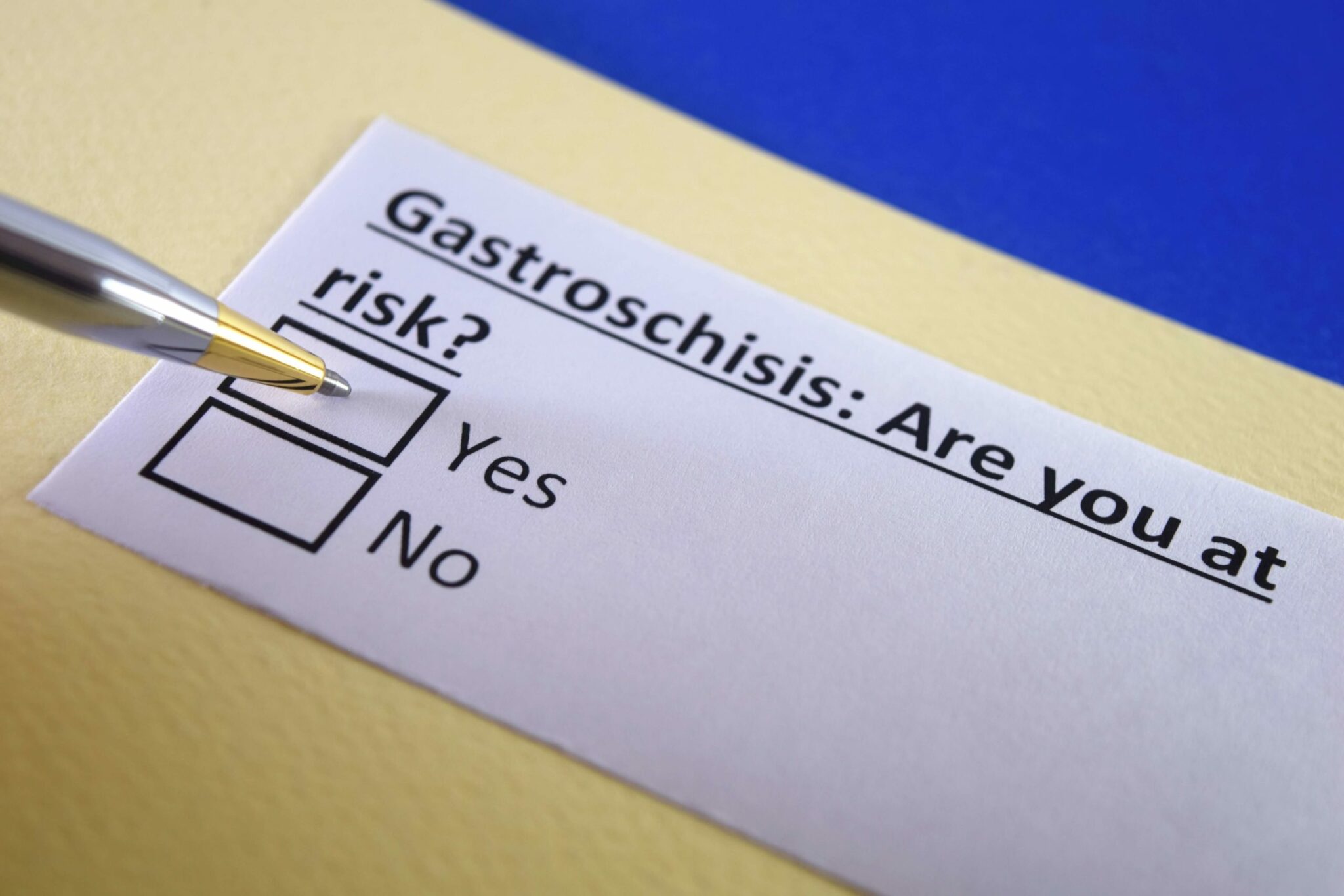Should I Circumcise my Baby?


Male circumcision is the removal of some or all of the foreskin from a boy’s penis. The foreskin is the tissue that covers the tip of the penis.
Circumcision is a religious or cultural ritual for many Jewish and Islamic families, as well as some aboriginal tribes in Africa and Australia. Many parents also choose to circumcise their sons for aesthetic reasons or simply family preference. In the United States, circumcision is commonly performed on newborns, often before they leave the hospital, but not all parents choose to circumcise their sons. It is important to weigh the risks and benefits of circumcision before making a decision.
Possible health benefits of a circumcised penis
Easier hygiene. Circumcision makes washing beneath the foreskin easier.
Decreased risk of urinary tract infections. While the incidence of male urinary tract infections is low, they are more common in uncircumcised males. If these infections are severe, they can lead to kidney problems later on.
Decreased risk of sexually transmitted infections. Circumcision has the potential for lowering the risk of sexually transmitted diseases like HIV, but it is not a substitute for practicing safe sex.
Prevention of penile problems. Occasionally, the foreskin on an uncircumcised penis can become difficult or impossible to pull back, which can lead to inflammation of the foreskin or head of the penis.
Decreased risk of penile cancer. Cancer of the penis is less common among circumcised men, and cervical cancer is less common in females whose partners have been circumcised.
Possible downsides of circumcision
Circumcision should be approached with caution if your baby has a blood-clotting disorder or was premature. Risks include:
Pain, bleeding, or infection. Infection can be caused by a surgical error, leading to scarring of the penis.
Tissue damage. Damage can be caused to the opening of the urethra, which leads from the bladder to the tip of the penis. Excessive scar tissue growth can require additional surgery to improve the appearance of the penis and allow for normal urination.
Incomplete foreskin removal. When the foreskin isn’t completely removed, the portions left attached to the penis can cause an inability of the foreskin to retract over the penis and a painful erection.
Excessive bleeding.
Too much removal. Partial removal of the penis can occur in extremely rare cases.
Risks are minimized when the procedure is done in the immediate newborn period.
The American Academy of Pediatricians finds that, while the medical benefits of circumcision outweigh the risks, the decision whether to circumcise or not is entirely up to the parents, as long as it is made in consultation with their pediatrician.
Sources:
- Mayo Clinic
- Circumcision – Why it’s done.
American Academy of Pediatrics - Circumcision Policy Statement.
National Institutes of Health - Circumcision.
Powered by Bundoo®












































